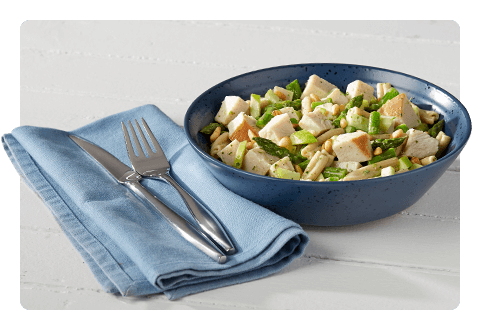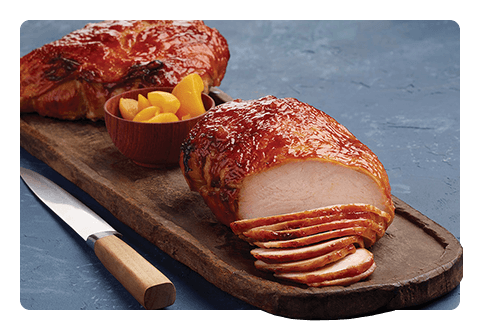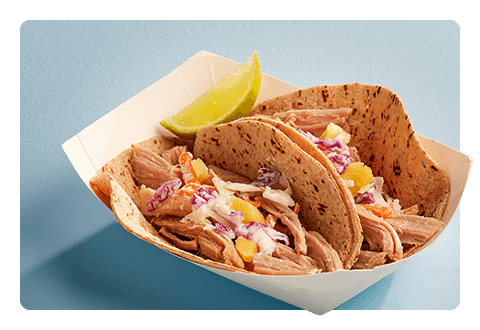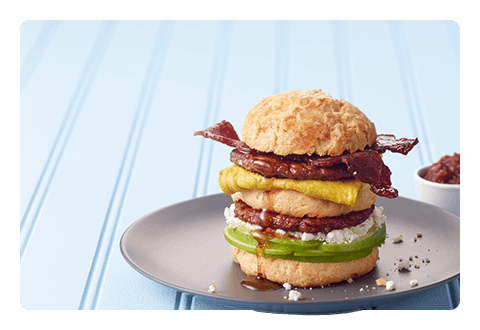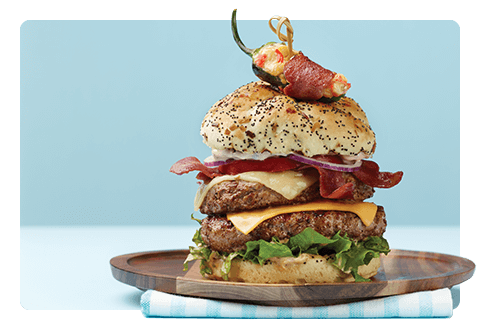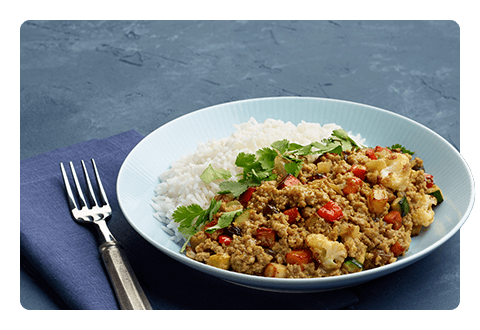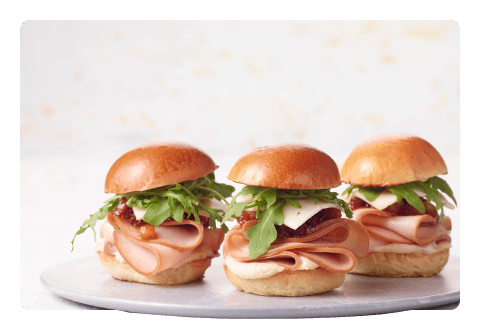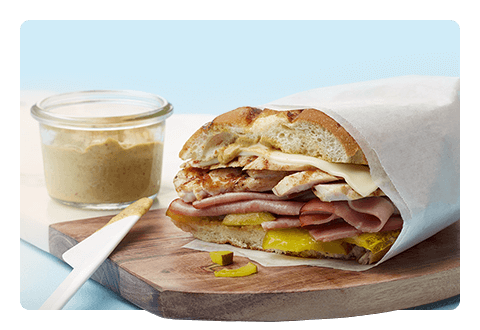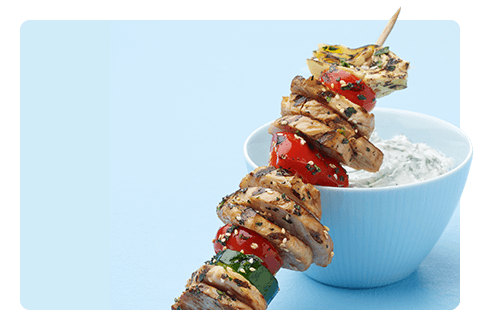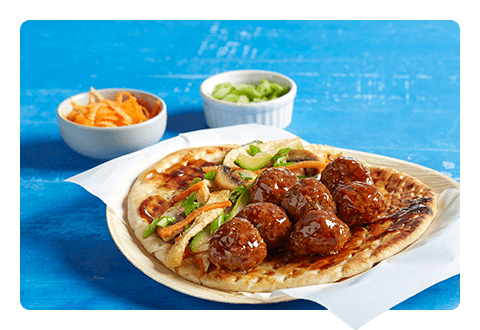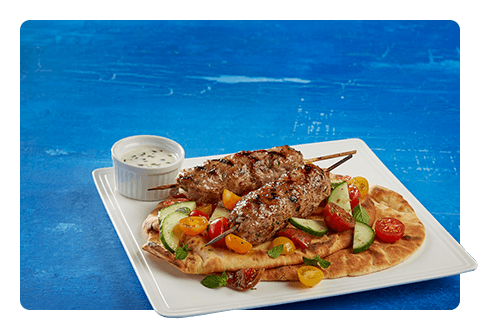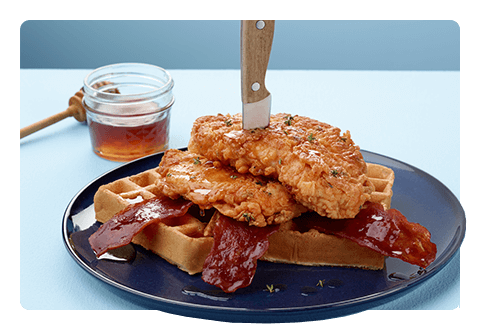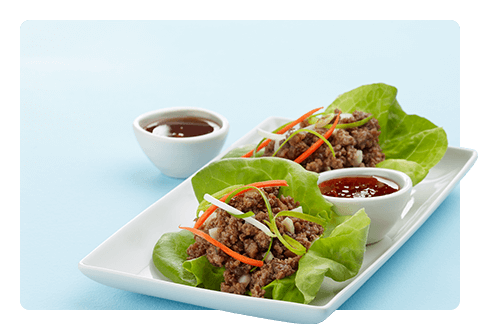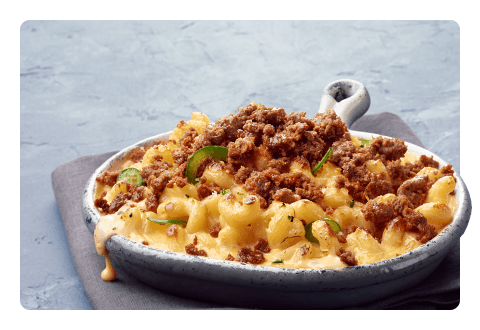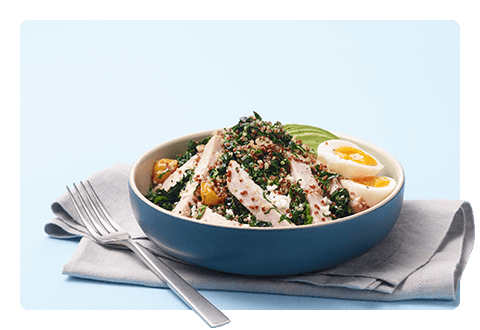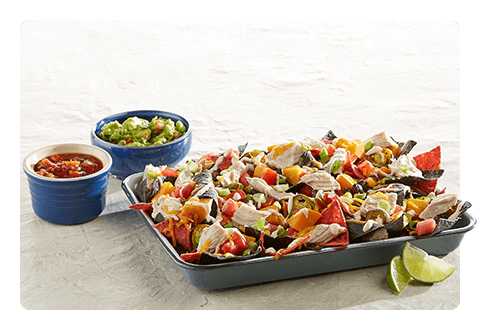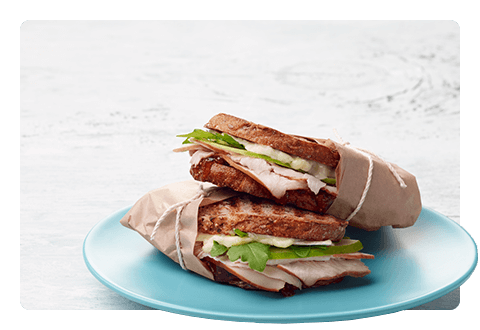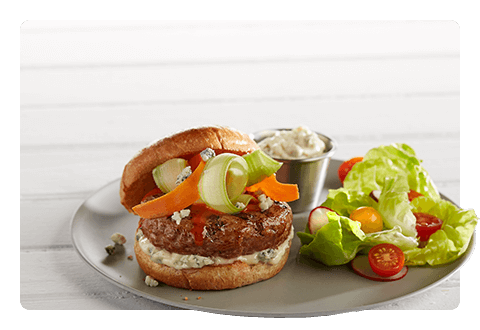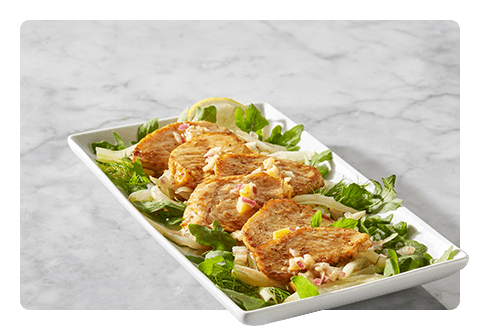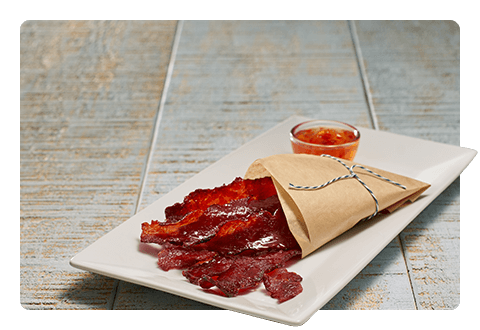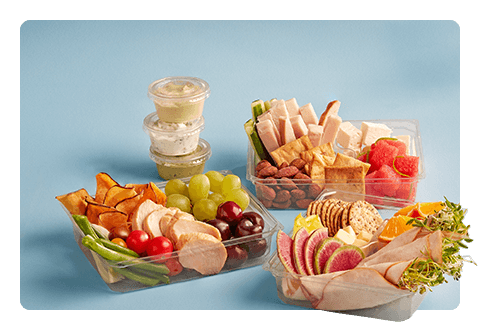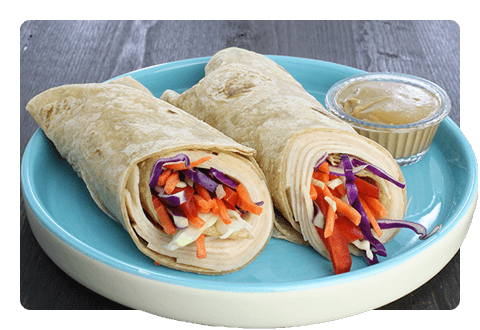Delivery Trends: How out the Door Brings in More
February 2019
Delivery is an undeniable market driver, and it’s no longer just associated with pizza.
It’s a growing trend, thanks in part to the increased number of options available. Shifts in lifestyle also play a large role in the rise of delivery, particularly with younger consumers who look for convenience to help them manage their busy lives. Almost half of consumers ages 18 to 34 order food to go more often now than they did three years ago.
Delivery is a must-have for restaurants looking to increase business from this audience. However, implementation can lead to challenges. Beyond ensuring the transportability of food and identifying and securing the optimal to-go packaging, the costs and logistics associated with delivery infrastructure and increased staffing needs can be prohibitive.
To mitigate these concerns, many restaurant operators are turning to third-party delivery providers, such as Grubhub, Caviar and DoorDash. As of August 2018, consumers ordered through third-party delivery operators approximately 2.5 times per month, more from larger companies, like Postmates and Uber Eats.
Third-party delivery accounts for a portion of the more-expensive checks at restaurants—orders across major competitors averaged $33.68 per sale. Rather than focusing on consumers spending more money per transaction, most restaurant operators view delivery as a way to reach customers beyond their doors. By partnering with a delivery service, restaurants can grow their consumer base through these companies.
Major chains, such as McDonald’s, Taco Bell and—most recently—Subway, have teamed up with large delivery operators in the U.S. Subway, for example, now collaborates with Uber Eats, Grubhub, DoorDash and Postmates. Selecting two or more partners is a good idea for operators, considering that consumers may be more loyal to a delivery provider than the actual chains they service.
The delivery trend spans all segments and cuisine types, even coffee, as Starbucks is also teaming up with Uber Eats in 2,000 of its stores. And it’s not just about lunch and dinner either. Panera Bread is meeting demand by adding breakfast to its delivery program.
For many, working with a third-party delivery vendor is the way to go. But keep in mind that operators still need to think about their food and its packaging while selecting vendors that best align with their brand. It’s especially important to look at the reliability of the providers. Do they conduct driver background checks? Do they have high customer service ratings?
Most importantly, delivery with a third-party service should be a profitable partnership. Operators should start off slowly and avoid committing to a long-term agreement while continually weighing the costs and benefits of this in-demand offering. Although it’s not in-house delivery, it’s still a reflection of a brand.
Does your restaurant partner with a delivery operator? We’d love to hear about it on Facebook or LinkedIn. To stay up to date with what’s trending in the food industry, check out our Resource Center.
SOURCES
Takeout & Off-Premise Consumer Trend Report, Technomic, 2018.
Wirth, Sarah Rush. The Third-Party Delivery Market, Restaurant Business, December 2018.
Luna, Nancy. 9,000 Subway restaurants now offer delivery, Nation’s Restaurant News, October 2018.
Fantozzi, Joanna. Starbucks to expand delivery to 2,000 U.S. stores, Nation’s Restaurant News, December 2018.
Luna, Nancy. Panera adds breakfast delivery as digital sales soar to $2 billion, Nation’s Restaurant News, November 2018.
Oakes, John. 5 things to consider before partnering with a third-party delivery provider, Nation’s Restaurant News, October 2017.

